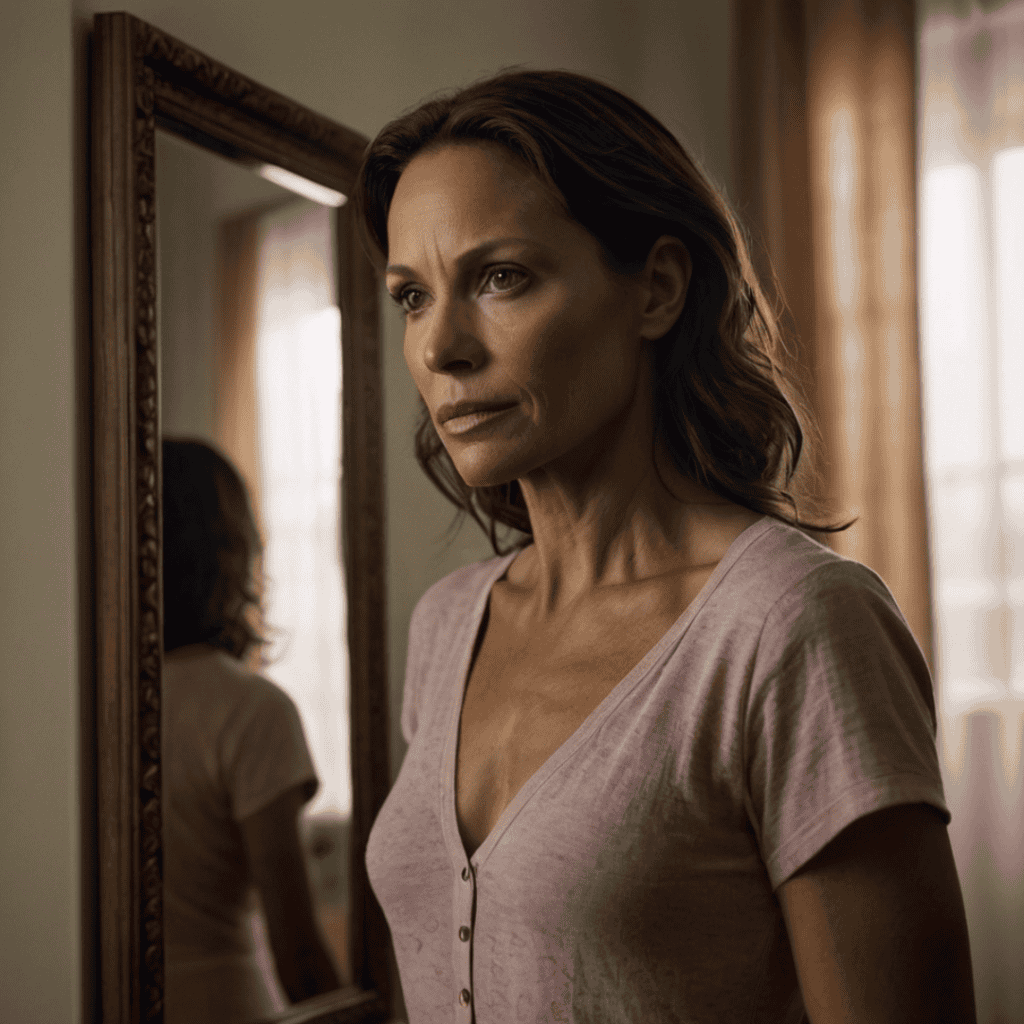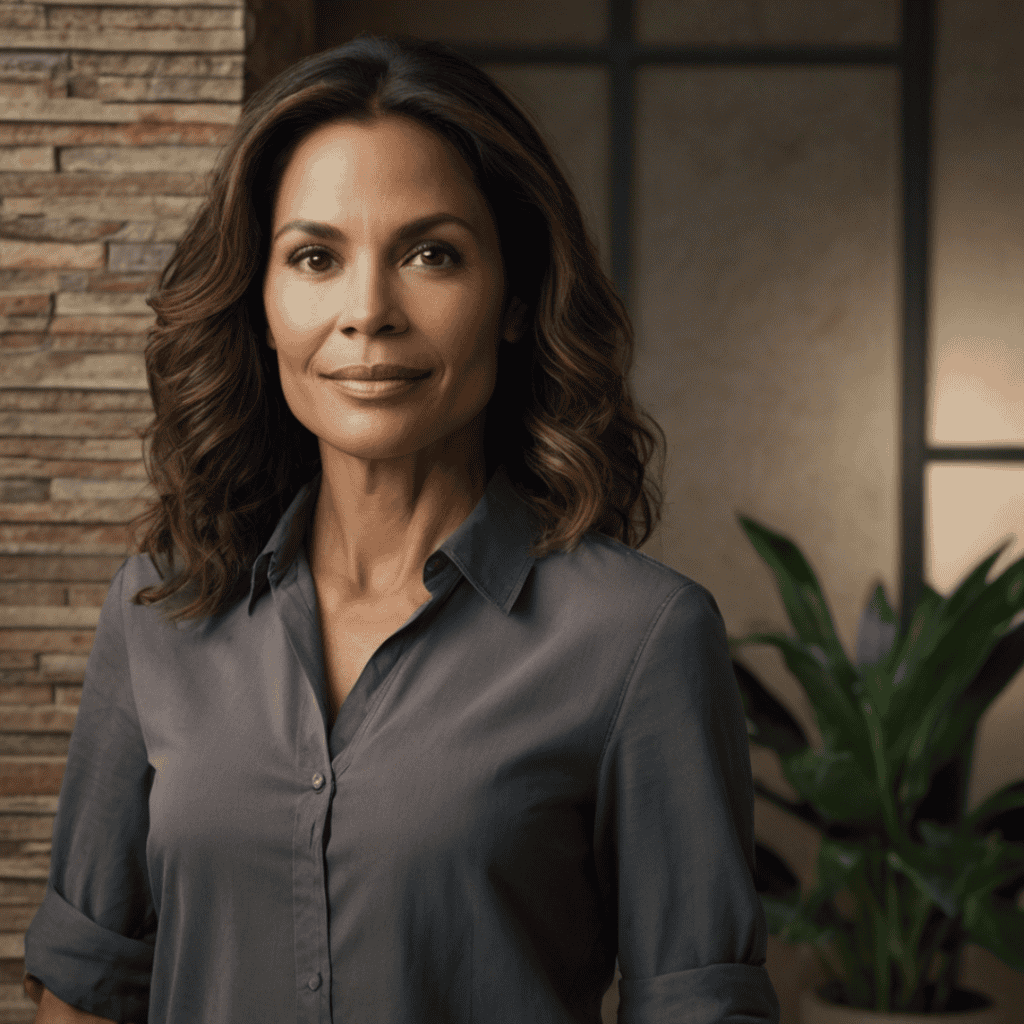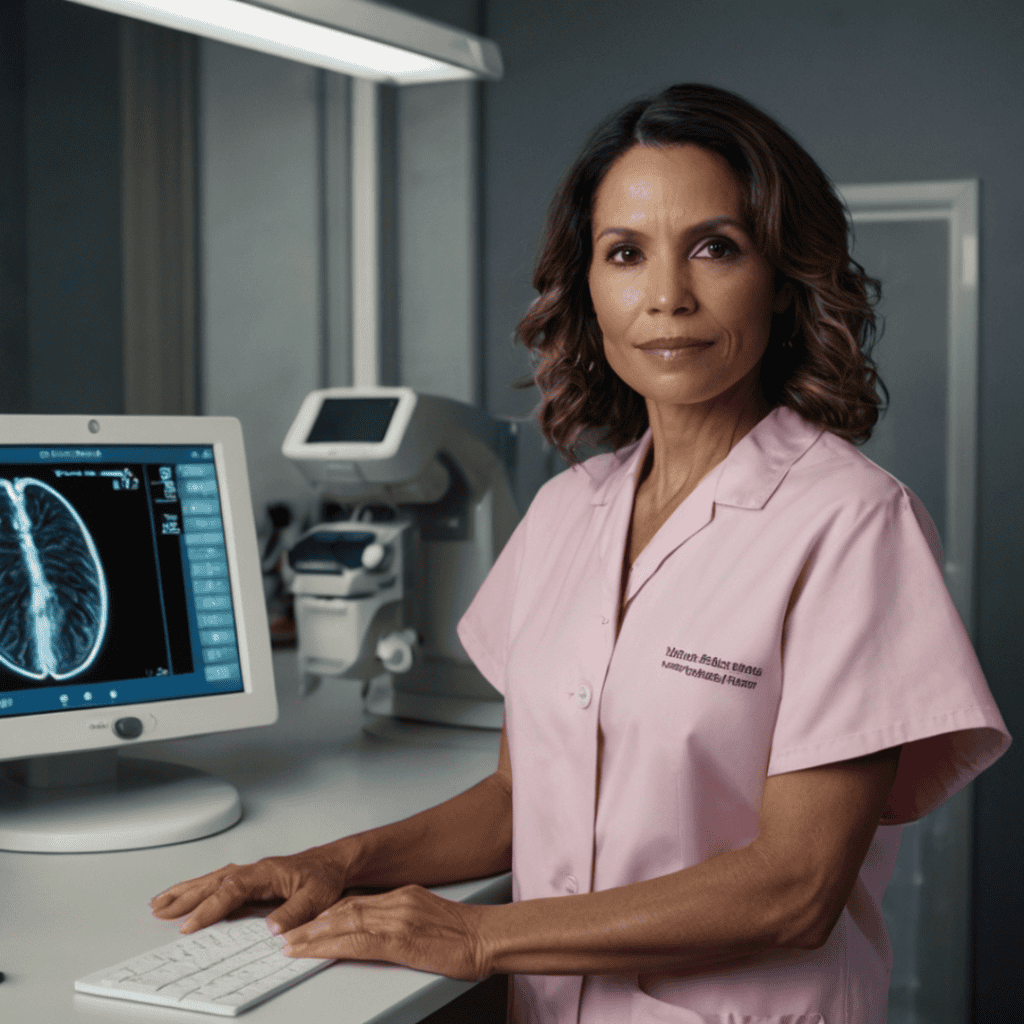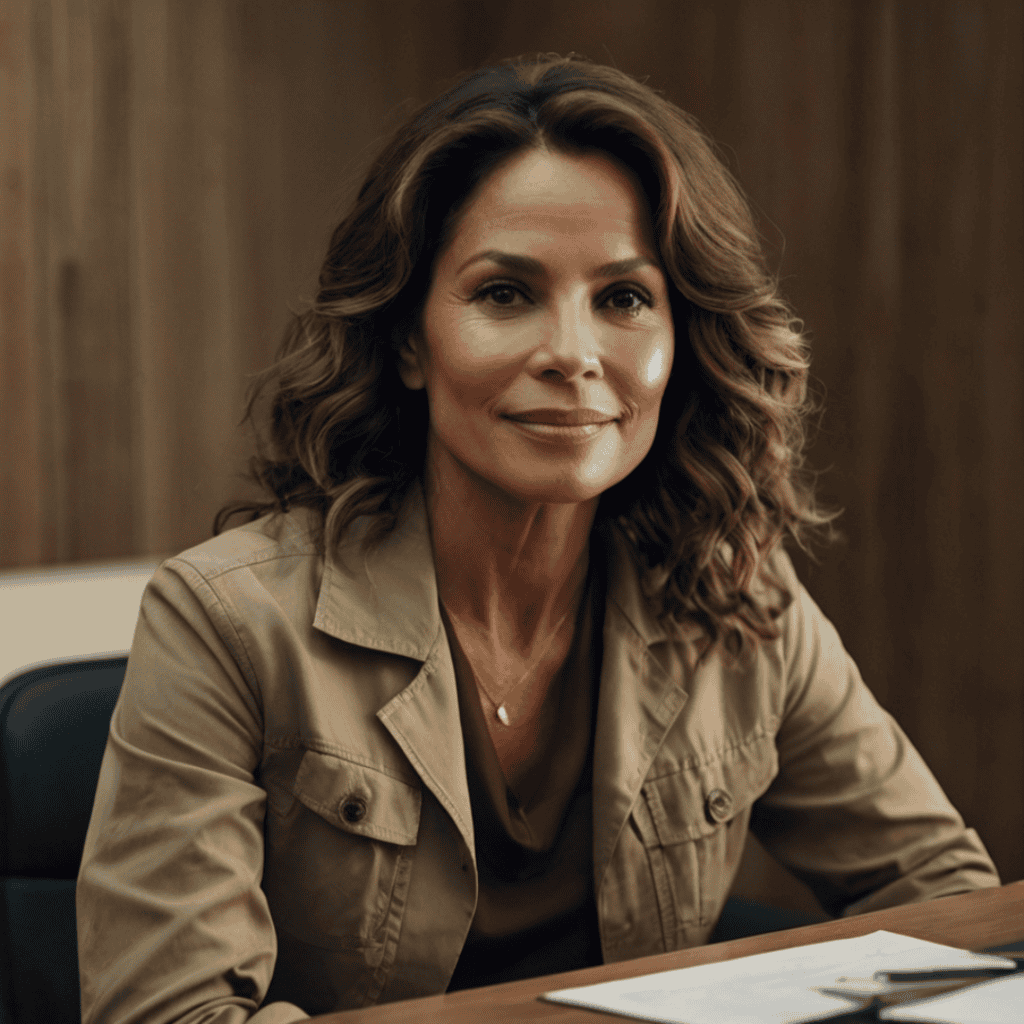
Why Breast Cancer Screening is a Lifesaver
You’re juggling work, family, and the never-ending to-do list when a friend casually mentions her mammogram appointment. You nod, but deep down, you’re thinking, “Do I really need to schedule one? I feel fine.” The truth is, feeling fine doesn’t mean everything is fine.
Breast cancer screening is like a smoke detector—it catches problems before they turn into a full-blown fire. Early detection of breast cancer can mean the difference between a simple treatment and a long, grueling battle. Mammogram screening can significantly reduce the risk of dying from breast cancer, especially for women aged 40-74. Yet, many women skip their screenings out of fear, misinformation, or just plain procrastination.
So, let’s break it down:
What exactly is breast cancer screening?
When should you start?
What happens during a mammogram?
Does it really save lives?
By the end of this guide, you’ll have all the answers—and no excuses to put off making that appointment. Understanding the early signs of breast cancer can help you take control of your health.
Understanding Breast Cancer Screening: What Is It and Why Is It Important?
Breast cancer screening isn’t about waiting until you feel a lump—it’s about catching cancer before it even thinks about causing trouble. Think of it as a health detective, searching for clues that something might be off long before symptoms appear.
At its core, breast cancer screening involves tests that check for signs of cancer in women who have no symptoms. The most common and effective method? Mammograms. These low-dose X-rays can detect breast cancer up to two years before a lump can be felt. That’s two extra years to tackle the problem while it’s still small and manageable.

And here’s the kicker:
Early detection means better survival rates.
When breast cancer is caught in its earliest stage (Stage 0 or 1), the five-year survival rate is over 99%.
Waiting until it spreads significantly lowers the chances of survival.
So why do some women skip screenings?
Fear of pain: It’s uncomfortable, but not unbearable.
Cost concerns: Many insurance plans cover it, and there are programs that offer free or low-cost options.
Believing they’re not at risk: Even women with no family history can get breast cancer.
Skipping screenings because you “feel fine” is like assuming your car is in perfect condition just because it hasn’t broken down yet.

Types of Breast Cancer Screening Tests & How They Work
Not all breast cancer screenings are created equal. While mammograms are the gold standard, other tests can play a supporting role, especially for women at higher risk. Let’s break down the options so you know exactly what to expect.
Mammograms: The MVP of Screening
A mammogram is a specialized X-ray that can detect abnormalities long before they can be felt. Benefits of regular mammograms. There are two main types:
2D Mammograms: Standard images taken from two angles.
3D Mammograms (Tomosynthesis): Multiple images create a more detailed view, reducing false positives and making it easier to spot cancer in dense breast tissue.
Best for:
Women over 40 or those at average risk.
How it works:
Your breast is placed between two plates and compressed for a few seconds while the X-ray is taken.
It’s not the most comfortable experience, but it’s quick and effective.
Breast MRI: A Closer Look for High-Risk Women
Magnetic Resonance Imaging (MRI) uses strong magnets and radio waves to create detailed images of the breast. It’s more sensitive than a mammogram but also more prone to false alarms.
Best for:
Women with a high risk of breast cancer (family history, BRCA1/BRCA2 gene mutations).
How it works:
You lie face down in an MRI machine while images are taken.
It’s painless but can take up to 40 minutes.
Breast Ultrasound: The Problem-Solver
An ultrasound uses sound waves to create images of breast tissue, often used to evaluate suspicious lumps found in a mammogram.
Best for:
Women with dense breasts or those needing additional testing.
How it works:
A handheld device is moved over the breast, creating real-time images.
No compression, no radiation.
Clinical Breast Exam & Self-Exams: Old-School but Still Useful
While clinical breast exams (done by a doctor) and self-exams aren’t enough on their own, they help women stay familiar with their bodies. Any changes, like lumps or unusual swelling, should be reported immediately.
So, which test is right for you?
If you’re 40+, schedule a mammogram.
If you’re high-risk, talk to your doctor about adding an MRI.
If you have dense breasts, an ultrasound might be recommended.
Knowledge is power—understanding these tests means you can make informed decisions about your health.
Breast Cancer Screening Guidelines: Who, When, and How Often?
One of the biggest questions women have is, “When should I get a breast cancer screening?” The answer? It depends on your age, risk factors, and personal health history. Let’s clear up the confusion with some straightforward guidelines.
General Screening Recommendations
Ages 20-39
Focus on breast awareness (knowing what’s normal for your body).
Clinical breast exams during routine check-ups (every 1-3 years).

Ages 40-49
Mammograms: Every 1-2 years, depending on personal risk factors.
High-risk women may need to start screenings earlier.
Ages 50-74
Mammograms: Every year or every two years (varies by medical guidelines).
Ages 75+
Screening decisions should be based on health status and life expectancy.
Breast Cancer Screening for High-Risk Women
If you have:
A strong family history of breast cancer
A known BRCA1 or BRCA2 mutation
A history of radiation therapy to the chest
Extremely dense breast tissue
You may need earlier and more frequent screenings, often starting in your 30s and including MRIs in addition to mammograms.
How Often Should You Get a Mammogram?
Low-risk women: Every 1-2 years starting at 40 or 50, depending on personal risk and doctor recommendations.
High-risk women: Annually, often with additional imaging.
Why Do Guidelines Differ?
Different medical organizations may have slightly varying recommendations based on ongoing research and new findings. However, the general agreement is that early detection saves lives. If you’re unsure, discuss your personal risk factors with your doctor to determine the most suitable screening schedule for you.
Regular check-ups, combined with a balanced lifestyle, can significantly reduce your risk. Staying informed and proactive is the best way to protect your health.
At the end of the day, the best age for breast cancer screening is the one that keeps you safe. A quick mammogram is a small price to pay for peace of mind.

What to Expect During a Mammogram: A Step-by-Step Guide
Let’s be honest—getting a mammogram isn’t exactly a spa day, but it’s also not as bad as some make it out to be. If you’re putting off scheduling one because you’re nervous, let’s walk through the process so you know exactly what to expect.
Before the Mammogram
Skip deodorant, lotions, or perfumes. These can interfere with the X-ray images.
Wear a two-piece outfit. You’ll need to remove your top, so a separate top and bottoms make things easier.
Try to schedule it after your period. Your breasts will be less sensitive.
During the Mammogram
You’ll be given a gown and led to the exam room.
The technician will position one breast at a time on a flat X-ray plate.
A second plate will press down for a few seconds to spread the tissue evenly.
You might feel some pressure, but it’s quick—usually less than 30 seconds per image.
Does it Hurt?
For some women, it’s mildly uncomfortable; for others, it’s a bit more intense. But it’s over fast, and the discomfort is far better than the alternative of late-stage cancer.
After the Mammogram
Results typically come within a few days to a week.
If something looks unusual, don’t panic—most call-backs are for benign findings or simply needing clearer images.
If you receive a call-back, it’s important to follow up and get more information. Early detection can make a difference.
Is Breast Cancer Screening Covered by Insurance?
Most health insurance plans fully cover mammograms for women 40 and older.
If you’re uninsured, there are programs that offer free or low-cost screenings. Check with local health departments for assistance.
Taking the time to understand the process can help ease anxiety. Knowing what to expect can make scheduling that mammogram a little less daunting. Plus, making small lifestyle adjustments can also support long-term breast health.
At the end of the day, a mammogram is a few minutes of discomfort for years of peace of mind. Go ahead—book that appointment. Your future self will thank you.
The Role of Lifestyle in Breast Cancer Prevention & Risk Reduction
While breast cancer screening is crucial for early detection, it’s also important to reduce your risk in the first place. While there’s no guaranteed way to prevent breast cancer, certain lifestyle habits can help improve your odds.
Maintain a Healthy Weight
Excess weight, especially after menopause, increases breast cancer risk. Fat tissue produces extra estrogen, which can fuel certain types of breast cancer.
Aim for a balanced diet with plenty of fruits, vegetables, lean proteins, and healthy fats.
Avoid excess sugar and processed foods, which can contribute to inflammation.

Stay Active
Regular exercise is a game-changer for breast health. Studies show that just 150 minutes of moderate exercise per week (like brisk walking) can lower breast cancer risk by 10-20%. Let’s see how exercise can lower breast cancer risk.
Find something you enjoy—dancing, yoga, biking—it all counts!
If you’re sitting a lot, set reminders to move every hour.
Limit Alcohol Consumption
Alcohol is directly linked to an increased risk of breast cancer. Even one drink per day can raise risk levels.
If you drink, keep it to no more than one drink per day.
Consider swapping cocktails for non-alcoholic options like sparkling water or herbal teas.
Quit Smoking
Smoking doesn’t just affect your lungs—it’s also been linked to higher breast cancer rates, especially in premenopausal women. The good news? Quitting at any age helps lower your risk.
Be Smart About Hormone Use
Certain hormone replacement therapies (HRTs) and long-term birth control use may slightly increase breast cancer risk. If you need these treatments, talk to your doctor about low-dose or non-hormonal options.
Get Regular Checkups & Know Your Risk
Even if you live the healthiest life possible, screenings and doctor visits still matter. Some risk factors—like family history or genetic mutations—aren’t in your control, but early detection always gives you the upper hand.
While you can’t completely control genetics, these steps can help maintain your breast health. Taking care of yourself today can make a difference in your future wellness.

Addressing Common Concerns & Misconceptions
There’s no shortage of myths floating around about breast cancer screening, and unfortunately, misinformation keeps many women from getting the care they need. Let’s set the record straight.
“If I don’t have symptoms, I don’t need a mammogram.”
Breast cancer doesn’t always come with a lump or noticeable symptoms. By the time you feel something, it may already be advanced. A mammogram can detect abnormalities years before symptoms appear. Early warning signs of breast cancer.
“Mammograms expose me to harmful radiation.”
Yes, mammograms use low-dose X-rays, but the exposure is minimal—about the same as a cross-country flight. The benefits far outweigh the risks, especially considering that mammograms can save your life.
“If I have no family history, I don’t need to worry.”
A significant percentage of breast cancer cases occur in women with no family history. Genetics play a role, but lifestyle, environment, and random cell mutations also contribute.
“Mammograms are painful, so I’ll just skip them.”
Compression can be uncomfortable, but it only lasts a few seconds per image. Plus, newer technology has made the process quicker and less painful. A few seconds of discomfort is nothing compared to the alternative of late-stage cancer.
“If I get called back after a mammogram, I must have cancer.”
Most call-backs are just for additional images to get a clearer view. Only a small percentage of call-backs result in a cancer diagnosis. Follow-up testing is often just a precaution.
“I’m too young to get breast cancer.”
Breast cancer is more common in older women, but young women can still develop it—especially if they have high-risk factors. If you notice changes in your breasts, don’t ignore them.
“Breast cancer screening is too expensive.”
Many organizations provide free or low-cost mammograms. Local health departments and community programs often offer assistance, and there are national programs dedicated to helping women access screening regardless of insurance status. Most health insurance plans fully cover mammograms for women 40 and older.
Breast cancer screening isn’t about fear—it’s about empowerment. When you have the facts, you can make the best decisions for your health.
How to Access Breast Cancer Screening Near You
So, you’re convinced—breast cancer screening is important. Now, the big question: Where do you get one, and how do you afford it?
Finding a Screening Center
The good news? Mammograms are widely available. Here’s where to look:
Hospitals & Clinics: Most medical centers offer breast cancer screenings. Call your primary care doctor for a referral.
Imaging Centers: Independent imaging facilities often provide mammograms with shorter wait times.

Local Health Departments: Many provide screenings for low-income or uninsured women.
Community Health Centers: Some offer affordable mammogram services.
Mobile Screening Units: In some areas, mobile clinics travel to underserved communities.
Is Breast Cancer Screening Covered by Insurance?
For most women, the answer is yes—but it depends on your plan.
Under the Affordable Care Act (ACA), most insurance providers must cover mammograms for women 40+ with no out-of-pocket costs.
Medicare covers annual mammograms for women 40 and older.
Medicaid coverage varies by state—check with your provider.
If you don’t have insurance, there are several free or low-cost programs to help:
Some non-profit organizations and health foundations offer financial assistance for screenings.
Local clinics and health fairs sometimes provide discounted or free mammograms.
Some hospitals run community outreach programs offering screenings at reduced rates.
What to Ask When Scheduling Your Mammogram
Do you accept my insurance?
What type of mammogram do you offer? (2D vs. 3D mammography)
How soon will I get my results?
Are there options for those without insurance?
Taking the initiative to find a screening center that fits your needs can make the process much easier. Don’t put it off—your health is worth it.

Your Next Steps
By now, you know the facts—breast cancer screening isn’t just important, it’s life-saving. Yet, too many women put it off, thinking, “I’ll get to it later.” But later isn’t guaranteed, and early detection could be the difference between a simple treatment and a life-threatening battle.
What’s Your Next Move?
If you’re 40 or older—schedule a mammogram today (yes, today).
If you’re under 40, know your risk factors and talk to your doctor about when to start.
If you’ve been avoiding screening because of fear, cost, or time—take control of your health. There are resources, support, and financial assistance available.
Share This & Spread Awareness
Know someone who keeps putting off their mammogram? Encourage them to make that call.
Think breast cancer screening isn’t a big deal? Remember—1 in 8 women will be diagnosed with breast cancer.
Have questions? Reach out to your healthcare provider, and most importantly—don’t wait.
Taking proactive steps, like staying informed and scheduling regular screenings, can make all the difference. Early detection is the best way to protect your health and take charge of your future.
Because when it comes to breast cancer prevention, knowledge isn’t just power—it’s protection. Your health matters, and you deserve to put yourself first.
Conclusion
Breast cancer screening is more than just a medical appointment—it’s an essential step toward protecting your health. Taking the time to schedule a mammogram can literally save your life, and being proactive about your well-being sets a powerful example for others.
If you’re unsure about where to start, talk to your healthcare provider about your risk factors and the best screening plan for you. Remember, regular check-ups combined with healthy habits can help reduce your risk.
By sharing this information, you’re not just helping yourself—you’re helping your community understand the importance of early detection. Encourage your friends and family to stay informed and make their health a priority too.
Breast cancer can feel overwhelming, but taking one small step at a time makes it manageable. Your health is worth the effort, so make that appointment and take control of your future.
Taking care of your health today means being there for your loved ones tomorrow. You’ve got this!
